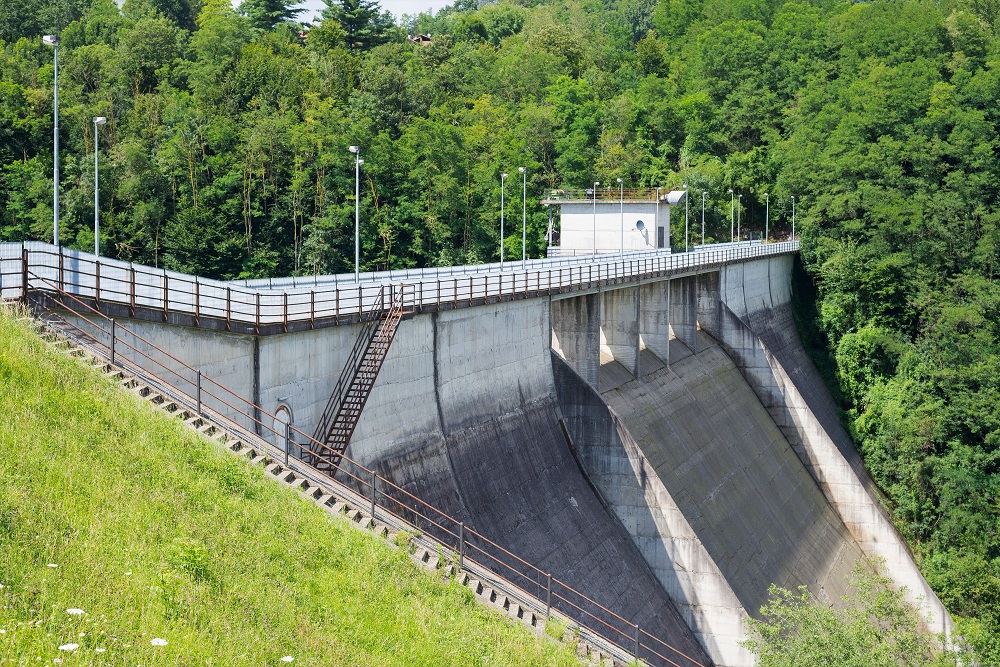Fiber optic sensing (FOS) systems can provide high-fidelity distributed strain measurements in various industries such as aerospace, automotive, structural health monitoring, and civil engineering. Proper fiber optic sensor installation is crucial to obtain accurate and useful strain measurements. Unlike foil strain gauges, fiber is often suitable for embedment. Sensuron’s FOS offers hundreds to thousands of sensing points with a resolution of 1.6 to 6.4 mm along a single sensing fiber, making it useful in various applications. This article provides an overview of fiber optic installation methods used by Sensuron to help readers understand how a high-resolution FOS can be used in their applications.
Surface installation using adhesives is a common method for fiber optic surface instrumentation, and a similar preparation procedure to standard procedures for strain gauge installation is recommended. This includes cleaning, abrading, conditioning/neutralizing, and use of comparable bonding agents. Adhesives such as M-Bond 200 and AE-10 are suitable for FOS installations. After the recommended cure time, a protective layer is recommended to provide more protection for the fiber and adhesive when exposed to harsh environments. Silicon in the form of RTV (room temperature vulcanizing) is a readily available material for this purpose. In a test performed to compare the pure bending strain measurements obtained by Sensuron FOS with multiple foil strain gauges, a very good agreement between the two sensing methods was observed.
Surface installation using tape is another efficient method for fiber optic sensor installation. It can be particularly useful in temporary and non-critical applications. Double-sided tape can be used to fix the fiber to the surface. However, tape installations are not as reliable as adhesive installations and environmental effects such as temperature and humidity can cause the tape to peel off.
Fiber embedment in concrete is a common installation method used in civil engineering. FOS can be embedded in concrete by placing the fiber in a groove or casting the fiber into the concrete. Groove installation is recommended for shallow installation depth, while casting installation is recommended for deeper installation depth. However, fiber optic sensor installation in concrete is susceptible to environmental effects such as moisture and temperature, which can cause degradation of the fiber over time.
Fiber embedment in composites is another installation method used in aerospace and civil engineering. The fiber can be embedded in the composite material during the manufacturing process. However, sensor installation in composites is also susceptible to environmental effects such as temperature and moisture and the fiber can be damaged during the manufacturing process.
In concrete, standard sensing fibers with a diameter of 0.2 mm are not well suited for harsh concrete environments. However, concrete-embeddable sensing fibers with a diameter of 0.5 or 1.0 mm with an additional glass fiber-reinforced polymer (GFRP) coating can provide high strength and adequate flexibility. These fibers can be placed in a concrete form and attached to the reinforcement rebar with cable ties or glue. Results from a study showed that 92% of the GFRP fibers produced usable signals and strain measurements, while only 17% of the thin 0.195mm sensing fibers were functional. Sensing fiber can capture the location of cracks with high accuracy by providing the strain distribution of the fiber with ultra-fine resolution.
In composite structures, the lack of a robust high-density distributed FOS system has been a hindrance to the practice of embedment. However, Sensuron’s FOS technology allows hundreds or thousands of strain measurements to be performed along a single fiber with a reasonable sampling rate. The adverse effect of the sensing fiber on the mechanical properties of a composite component can be minimized by running sensing fiber in parallel to surrounding structural fibers and using thinner sensing fibers. Measurements obtained by Sensuron’s FOS technology are robust and low noise. FOS technology provides advantages in obtaining internal strain in concrete and composite samples for SHM purposes.

